Understanding your brand’s performance is crucial for steering your business in the right direction. That’s where brand analytics comes into play.
By diving into brand metrics, you gain useful insights into how people view your brand, how effectively it’s reaching your target audience, and what strategies are driving your success or holding you back.
In this post, you’ll explore the key elements of brand analytics, how to leverage data to make informed decisions, and how to transform your brand strategy into a powerhouse of growth and engagement.
Disclaimer: If you buy any products through links on this site, I may earn a commission. But it doesn't make any difference to your cost, and it helps me keep this blog running. So you could always read my articles for free.
What is brand analytics?
Brand analytics refers to the process of measuring, monitoring, and analyzing data related to your brand’s performance across various channels.
It gives you a sense of how your brand is perceived, how effective your marketing strategies are, and where you can improve.

For example, if you run a coffee shop, you could track brand metrics like customer sentiment on social media, review ratings, and sales trends.
By analyzing this data, you can see if customers are praising your new latte flavor or if they’re unhappy with your service speed.
Tools like Google Analytics, social media insights, and customer surveys provide valuable information.
This analysis helps you make informed decisions, refine your marketing tactics, and ultimately strengthen your brand’s position in the market.
Why analyze brand metrics?
Why should you care about brand analytics? Because it gives you powerful insights into how your brand performs and how customers perceive it.
By diving into this data, you can tailor your strategies, boost your brand’s impact, and make decisions that drive growth and customer satisfaction. Here’s how brand metrics can help you.
Recognizing customer perceptions
Brand analytics reveals customer preferences and behaviors. For example, tracking social media mentions shows which products they love or dislike.
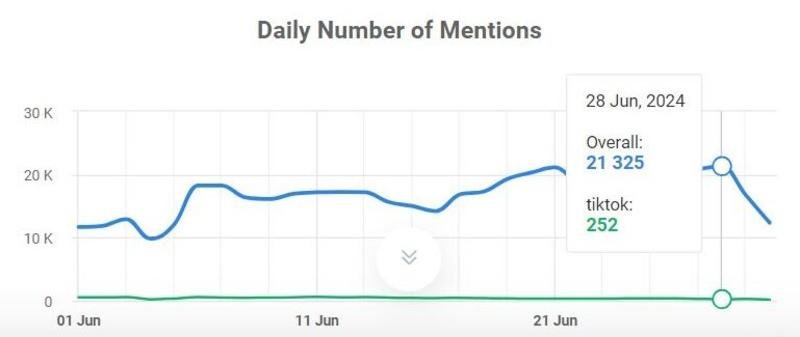
Analyzing website data can reveal what content engages them most. This insight lets you tailor your offerings and improve their overall experience.
Improving brand strategy
Keeping an eye on brand metrics improves your brand strategy by pinpointing what works and what doesn’t.
For instance, analyzing campaign performance highlights which messages resonate best, while customer feedback uncovers areas for enhancement.
This helps you refine your tactics, optimize marketing efforts, and align your brand with customer expectations.
Enhancing brand reputation
Brand analytics helps you track online reviews and social media sentiment. For example, analyzing negative feedback lets you address issues quickly, while positive mentions highlight your strengths.
This proactive approach helps you keep a strong brand reputation and earn customers’ trust.
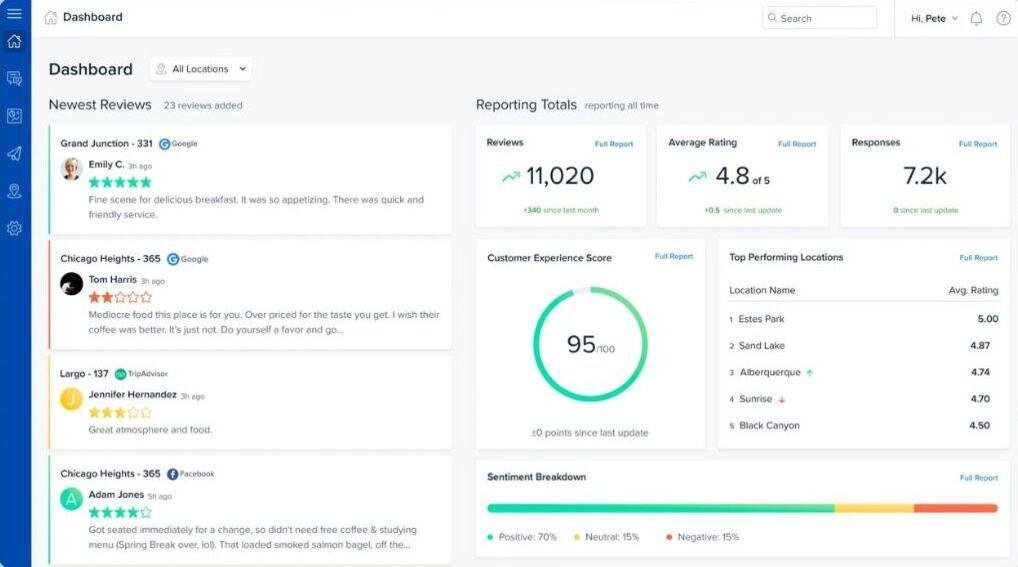
Staying ahead
By tracking the right brand metrics, you can compare your brand’s performance to others. For example, tracking competitors’ social media engagement and customer reviews reveals their strengths and weaknesses.
This insight lets you adjust your strategies, capitalize on market gaps, and stay ahead in your industry.
How to measure your brand’s performance?
By understanding these brand metrics, you can make informed decisions to enhance your brand’s presence and effectiveness in the market.
Mentions per month
Tracking media mentions per month shows how often your brand is talked about in the media. This metric helps you gauge your brand’s visibility and relevance.
For instance, if you notice a spike in mentions following a new product launch or a successful PR campaign, it indicates that your efforts are paying off. Conversely, a decline in mentions might signal a need for a fresh marketing strategy.

By monitoring this metric, you can assess the impact of media coverage, identify trends, and measure the effectiveness of your campaigns.
Tools like Google Alerts, Mention, and Brand24 let you track mentions of your brand across various platforms, including social media, blogs, forums, and news sites.
Reach/brand awareness
Reach is a key brand metric that measures how many unique people have seen your brand’s content or campaign.
For example, if you run a social media ad that reaches 50,000 people, that’s 50,000 potential customers who’ve been exposed to your brand.
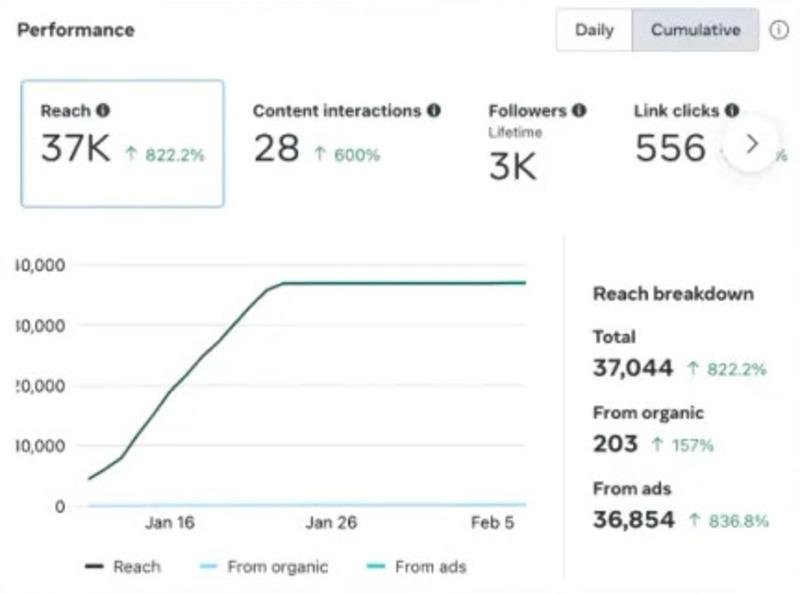
Tracking reach helps you understand the scale of your efforts and the value of your promotional efforts. A high reach means more eyes on your brand, which translates to increased brand awareness and customer engagement.
You can use analytics tools on platforms like Facebook, Twitter, and Instagram to monitor metrics such as followers, impressions, and engagement. Or pick an all-in-one solution such as Hootsuite or Sprout Social.
Presence score
A key component of brand analytics, the presence score measures how prominently your brand appears across various media and online platforms.
For instance, if your brand is frequently mentioned in top-tier publications, popular blogs, and social media, you’ll see a high presence score.
This metric helps you gauge your brand’s visibility and overall impact. By tracking your presence score, you can identify which channels are most effective and where you might need to increase your efforts.
For example, a spike in your presence score following a successful partnership marketing indicates a strong impact.
Measure your brand’s online presence by tracking social media metrics, analyzing website traffic, and monitoring search volume.
Sentiment
Sentiment measures the overall tone of customer feedback and media mentions about your brand. It helps you understand how people feel about your brand—whether positively, negatively, or neutrally.
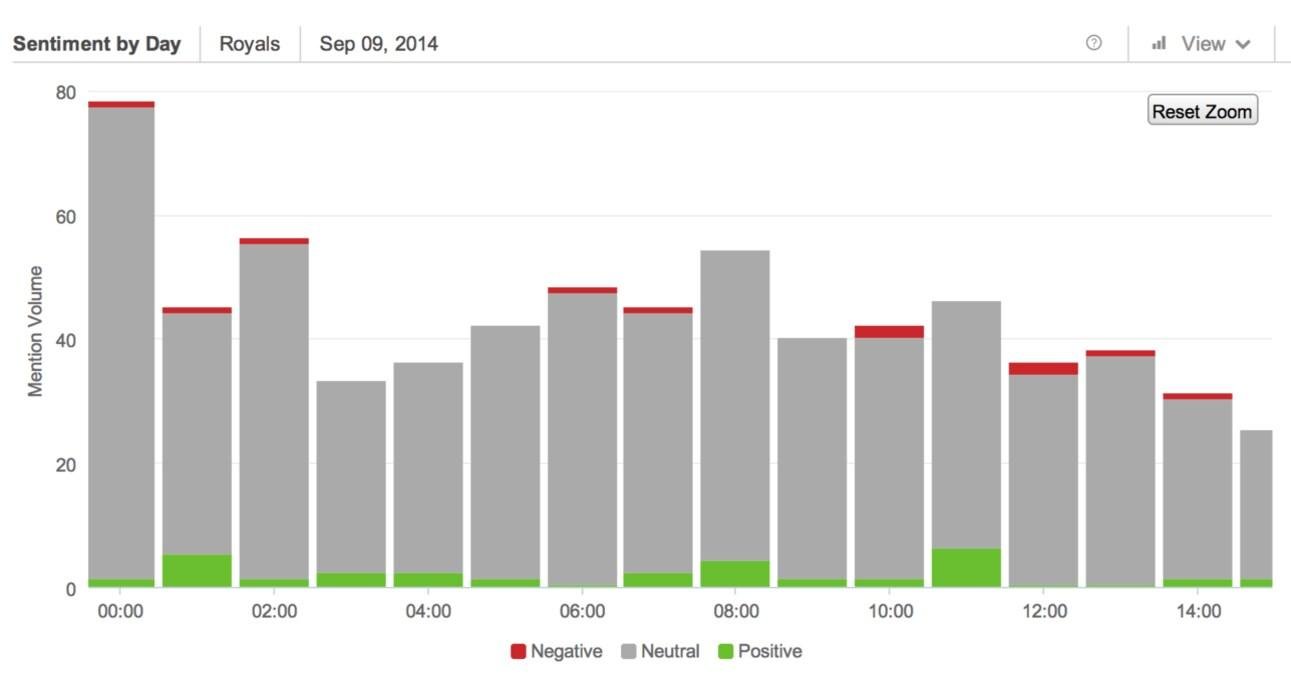
For example, if customers frequently use positive words when discussing your new product, you’ll see a favorable sentiment. Conversely, a surge in negative comments might signal issues with your service or product.
By analyzing sentiment, you can identify trends and address concerns promptly. This insight enables you to enhance customer satisfaction, tweak your messaging, and improve your brand’s reputation.
Regularly monitoring sentiment ensures you stay aligned with customer perceptions and needs.
Employ tools like Brandwatch, Brand24, Lexalytics, MonkeyLearn, or sentiment analysis features in social media platforms to classify mentions as positive, negative, or neutral.
Monthly website traffic
Monthly website traffic is a brand metric that measures the number of visitors your site attracts each month.
For instance, if you notice a jump in traffic after launching a marketing campaign or a blog post, it indicates increased interest and engagement in brand analytics.
Checking this metric shows you how effective your promotional efforts are and identify which content or channels drive the most visitors.
A decline in traffic might suggest a need for refreshed content or improved SEO strategies.
How can you measure this? By setting up tools like Google Analytics, which provide detailed insights into visitor numbers, traffic sources, and behavior.
Traffic sources distribution
Traffic sources distribution shows where your website visitors are coming from, whether it’s search engines, social media, direct visits, or referral sites.
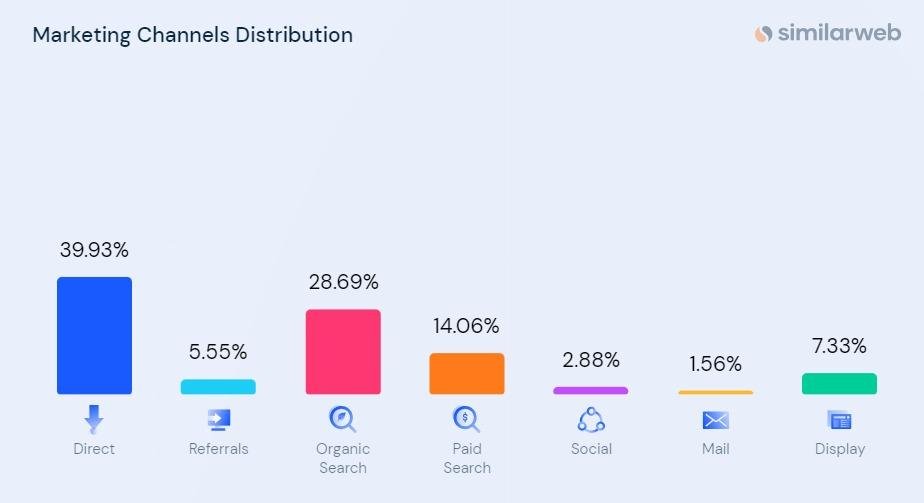
For example, if a significant portion of your traffic comes from social media, it indicates that your social campaigns are effective.
Conversely, if search engines are the top source, your SEO efforts are paying off. Understanding this distribution helps you allocate your resources more effectively.
You can focus on channels driving the most traffic or adjust your strategy if a source isn’t performing well.
By analyzing traffic sources, you can optimize your marketing strategies and improve your overall online performance.
Repeat customers
Tracking how many customers return to make additional purchases reveals their loyalty to your brand.
For example, if you run an online store and see a high number of repeat customers, it indicates that your products or services are meeting their needs and encouraging them to come back.
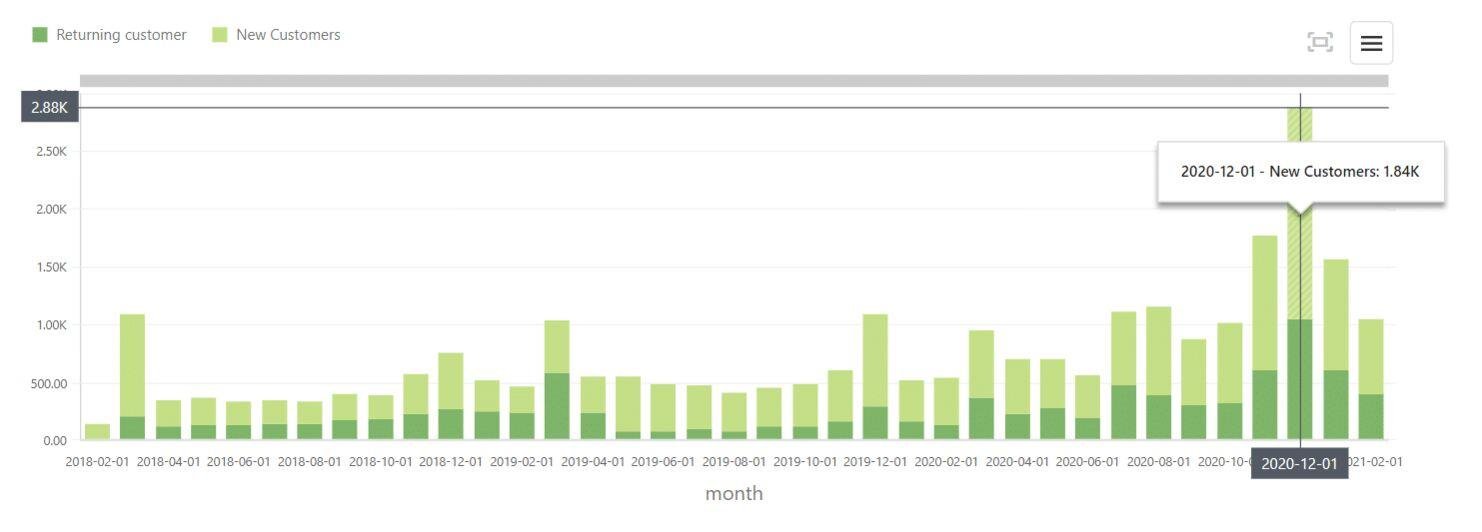
Conversely, a low repeat customer rate might suggest issues with customer satisfaction or product quality.
By monitoring this metric as part of brand analytics, you can identify trends in customer behavior, measure the results of your loyalty programs, and implement strategies to boost retention.
Monitor how often customers return and make additional purchases, or survey customers to determine how likely they are to recommend your brand, which reflects their loyalty.
Market share
Understanding your share of the total market helps you gauge your brand’s competitive position.
Monitoring this brand metric allows you to see how your brand stacks up against others in your industry and identify growth opportunities.
If your market share is shrinking, it may indicate that competitors are outperforming you or that market trends are shifting.
Summing up: brand analytics
Incorporating brand analytics into your strategy is essential for understanding and enhancing your brand’s performance.
By examining key brand metrics like media mentions, reach, sentiment, and traffic sources, you gain valuable insights into how your brand is perceived and how effective your efforts are.
Regularly reviewing and acting on these insights ensures that you stay aligned with customer expectations and market trends, ultimately driving growth and success.
Did I miss anything? Did you try these tips? Do you have any questions or comments? Share your thoughts below in the comments section.




